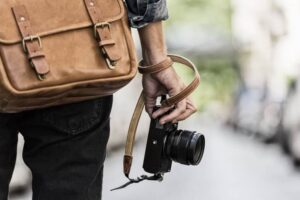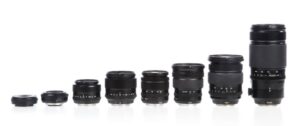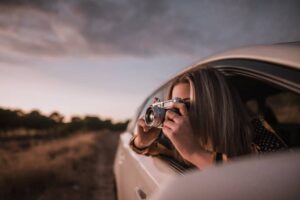Are you submitting your photos to stock sites, yet? If not, then this weekend, let’s stoke the fire by getting out our cameras and taking some new photos. But what makes a photo a “stock shot?” One way to find out is to ask a successful stock photographer. So today I’ve picked out stock photos from professional photographer Shelly Perry’s iStock portfolio and asked her how she got them… and how she knew they were stock when she took them.
BONNIE: Shelly, here are three of your best-selling photos on iStock:
With over 900 downloads…
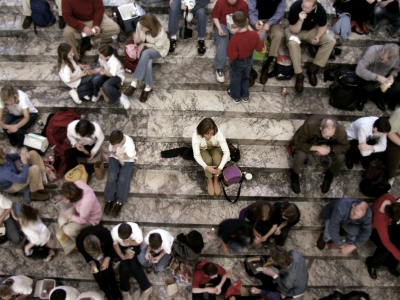
With over 500…

With over 200 downloads and growing rapidly…
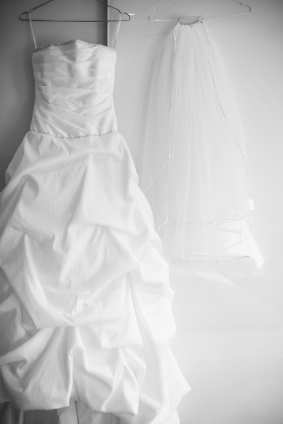
Can you tell us what inspired you to take these three shots and how you knew they’d do well as stock
SHELLY: Good question. First, I should confess that when I took these shots, I didn’t know they would be good sellers. It’s not usually my favorite photos that sell best.
Sometimes I’m surprised what sells and what doesn’t. In fact, I almost didn’t even upload that wedding dress shot. I threw it in at the last minute and now I’m really glad I did.
But to answer your question more specifically, I’d say I don’t always head out inspired to get a certain shot. But I do always try to head out prepared so that when I see something that inspires me, I’m ready (or can get ready quickly). I’d also say you have to be observant.
When I’m out somewhere with my camera (and I always have a camera on me — even if it’s just my iPhone) I spend a lot of time observing… noticing as the light changes… seeing where the lines go… watching what people are doing. Then I see if I can place myself in the right spot to bring everything together.
BONNIE: What makes you think “This would probably make a good stock shot.”?
SHELLY: I don’t usually think about that at the time. I consider it later when I review the photos I shot. Occasionally, though, I’ll see something that has that clean, simple appeal to it. If it looks like an ad, then I know it could make good stock.
People doing what they do, captured in a generic sort of way, is usually a pretty good bet, with a model release of course.
BONNIE: How can the rest of us best prepare to capture shots when they happen?
SHELLY: First of all, know your camera. Get super-familiar with it so if you need to change settings in a hurry, you can. But the most important thing is to be there and be ready.
Also, be an observer. Watch what’s going on around you. Then take the time to find the best access or vantage point, set your camera for the light and situation, and wait for the perfect moment to come together.
Sometimes it’s luck… sometimes we make our own luck.
BONNIE: Thanks, Shelly!



